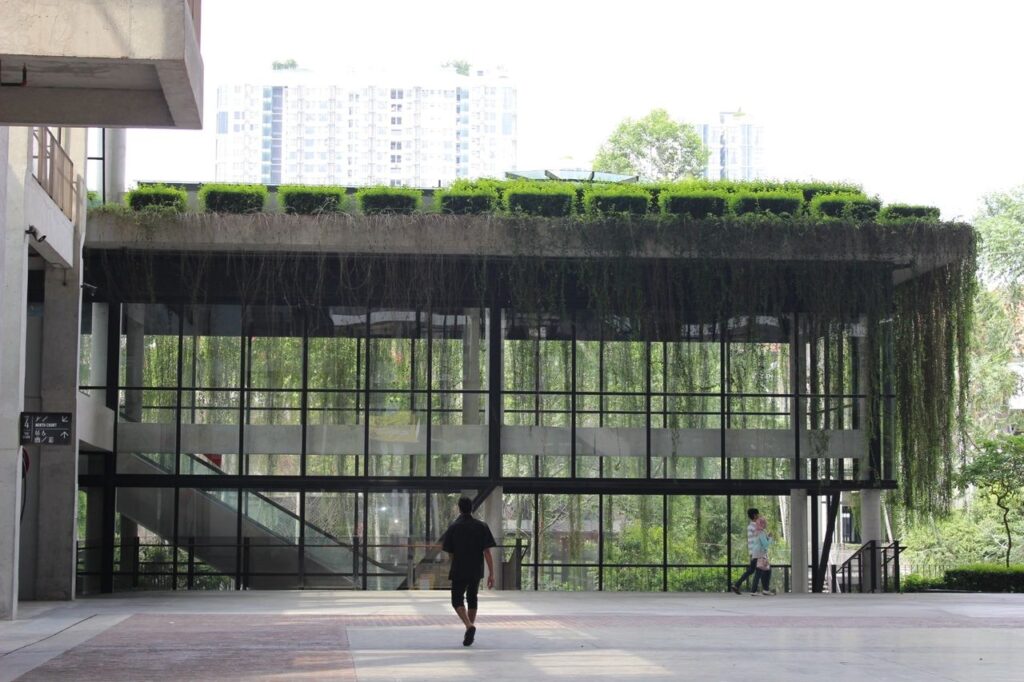How can we construct a comprehensive definition of architecture that synthesizes the perspectives of architectural associations worldwide?
“The art or science of building” – Merriam Webster
While this simplistic dictionary definition may offer a basic understanding, it often falls short of capturing the complexity that professionals in the field know well. To explore a more nuanced perspective, I turned to top architectural associations for insight (with the help of AI). This rather long but comprehensive definition is the amalgamation of several definitions.
A Broader Definition of Architecture
Architecture is an interdisciplinary practice where art and science converge to design and construct the built environment. It creates spaces, whether buildings, landscapes, or urban areas, that are functional, aesthetic, and sustainable, reflecting human culture and fulfilling societal needs. Architects balance innovation, environmental stewardship, and heritage preservation, crafting designs rooted in human-centered principles. Architecture shapes physical and cultural landscapes by integrating technical precision with creative vision, always striving for the well-being of society through thoughtful, responsible, and sustainable design.

The Architect Defined
An architect is a skilled professional who blends artistic creativity with scientific precision to design and construct functional, aesthetic, and sustainable spaces. Architects are problem solvers, shaping the built environment to meet human needs while addressing broader societal challenges such as sustainability, cultural continuity, and urban development.
Service or Product?
Is architecture a service, a product, or something more? Is it defined by buildings, spaces, experiences, or forms?
At its core, architecture is far more intricate than a simple categorization. It interacts with all of these elements, addressing both the tangible and the intangible. Architecture serves not only people and humanity but also the environment, with its reach extending to all living things. Humans may be central, but architecture considers ecosystems, cultural contexts, and the broader impact of design on the world.
Architects engage in projects that demand comprehensive problem-solving. A project is more than just a building; it is a process, a means of identifying and addressing a range of challenges—from design and function to social and environmental impact. The architect’s role is one of balance, navigating aesthetics, functionality, sustainability, and cultural resonance to create spaces that meet the diverse needs of our communities.
